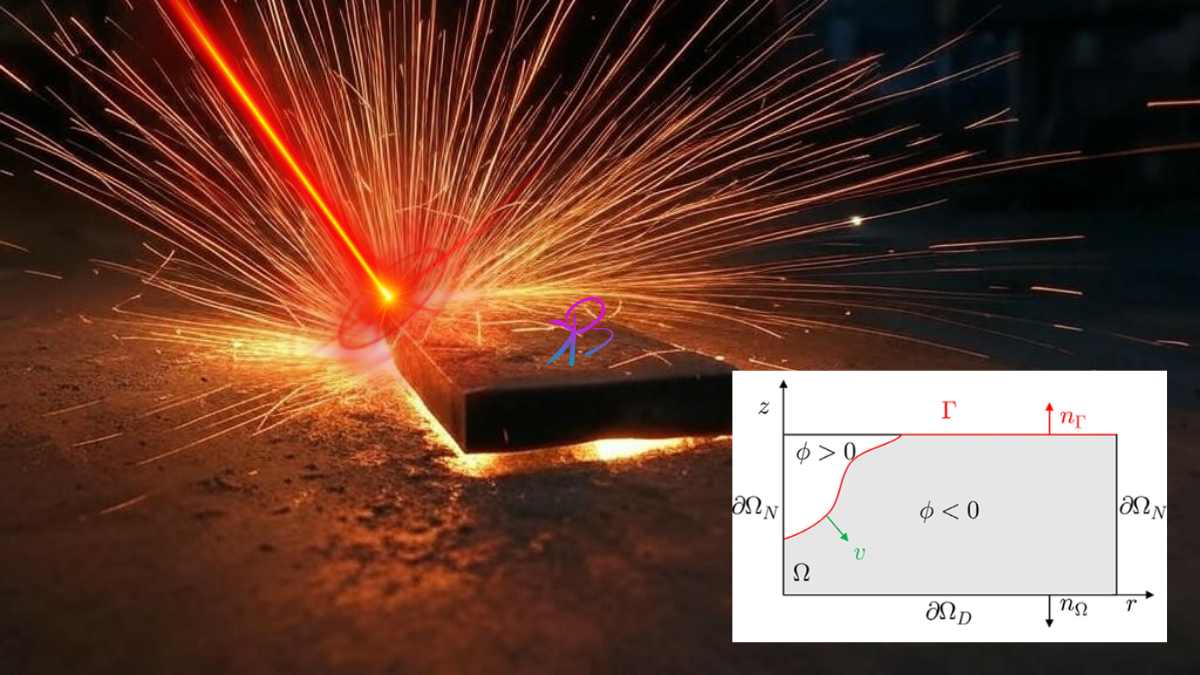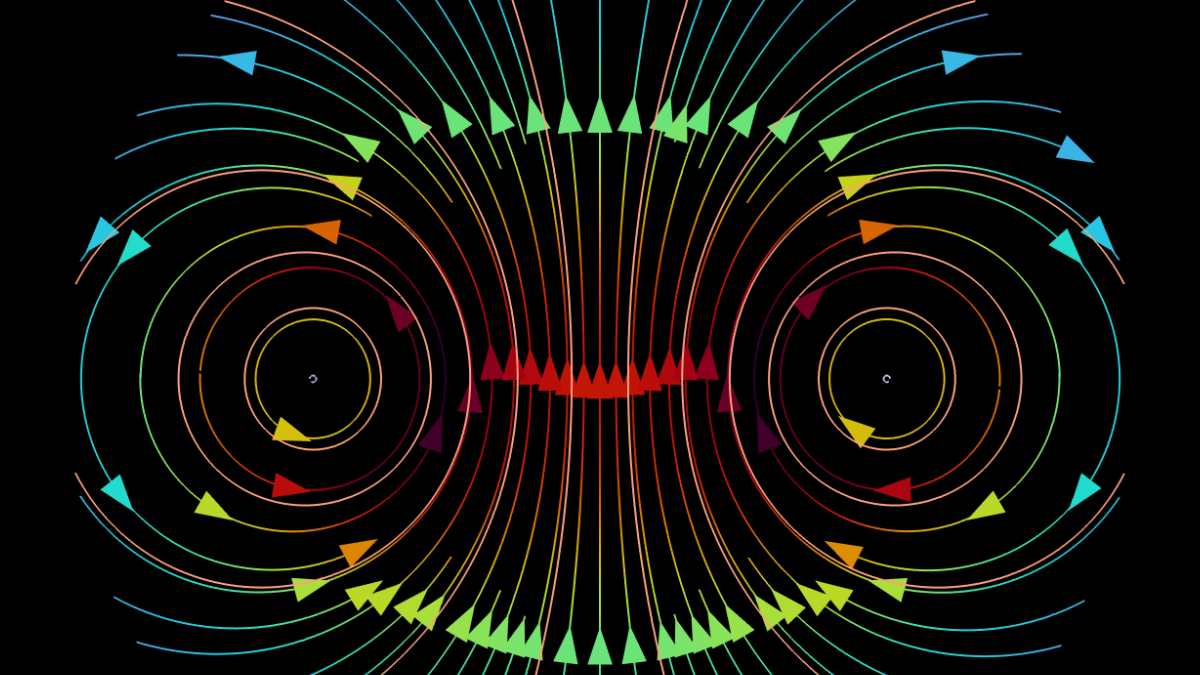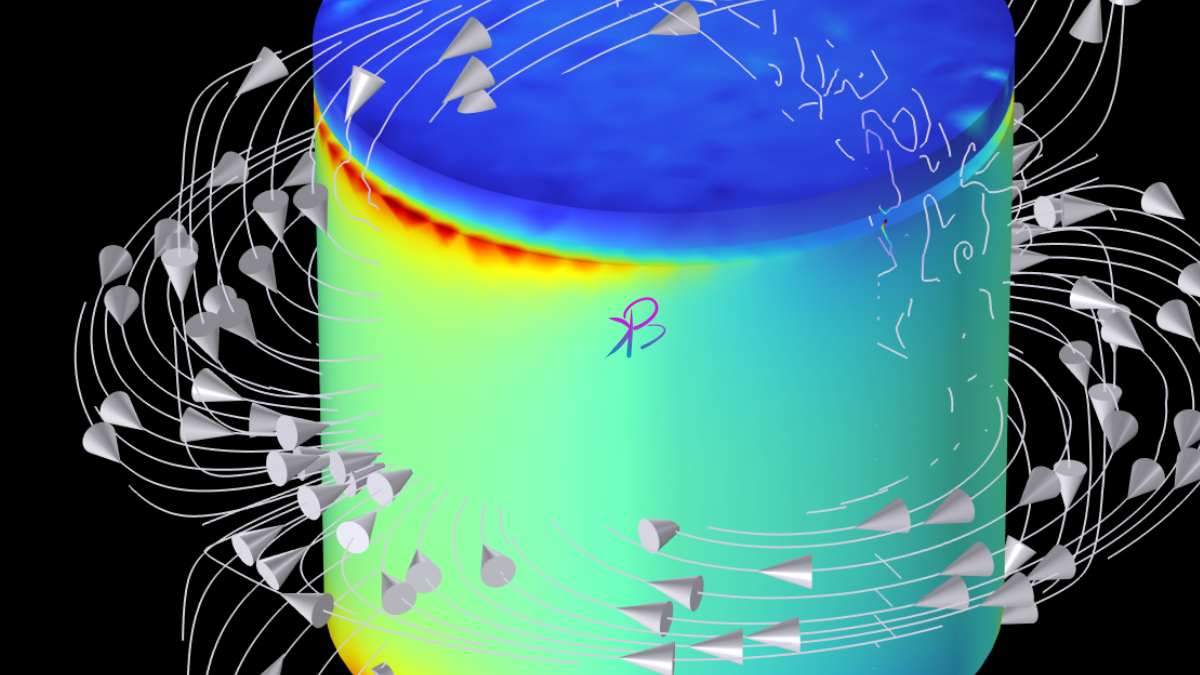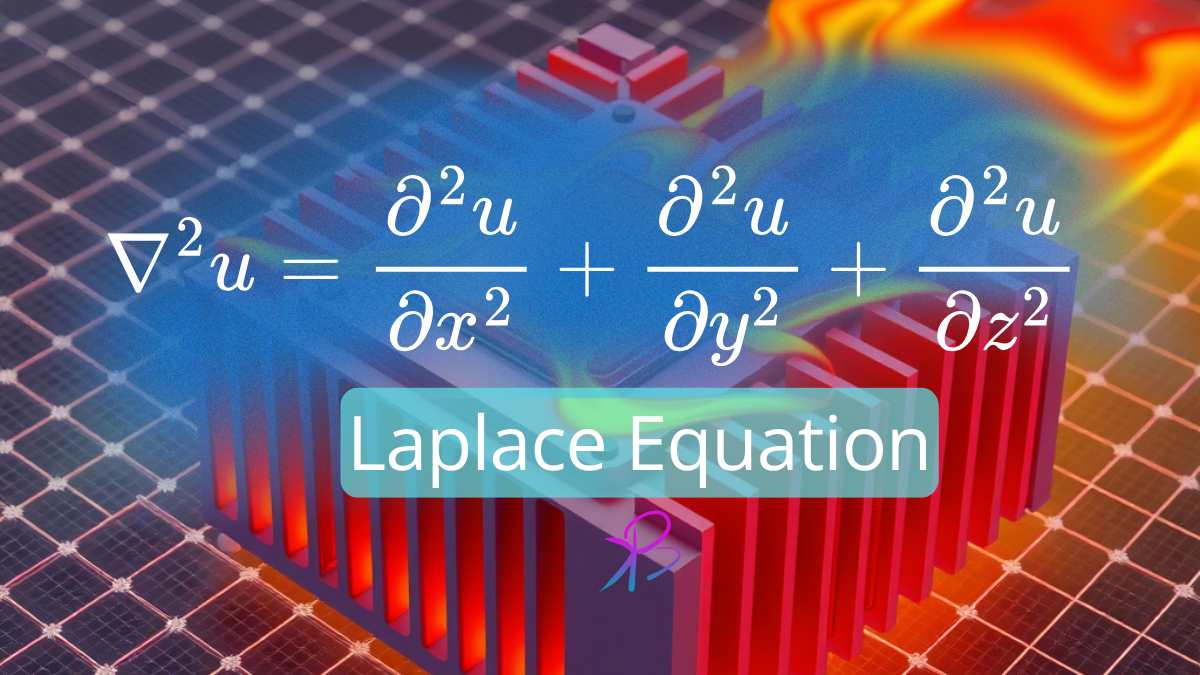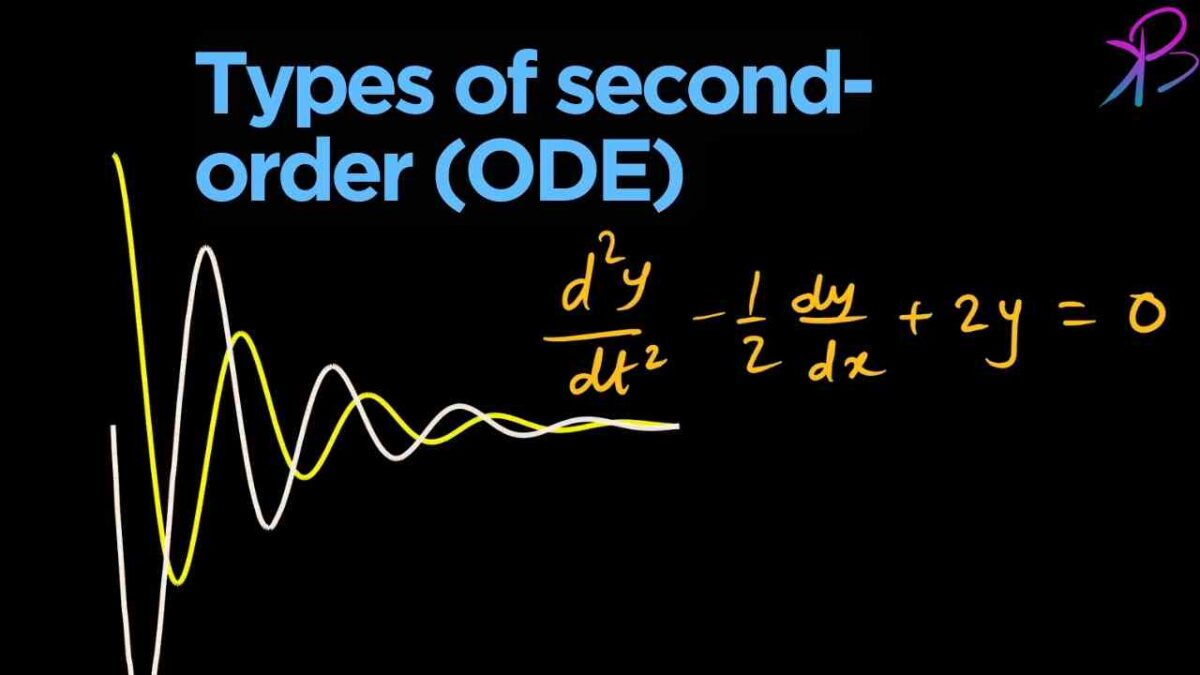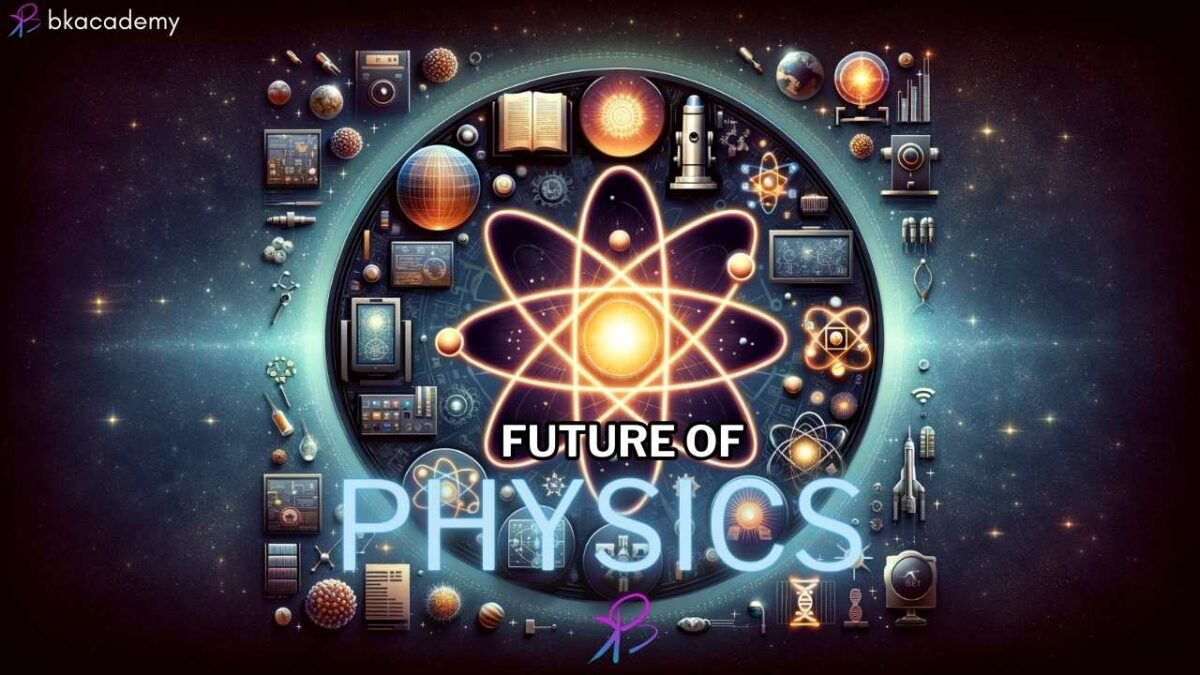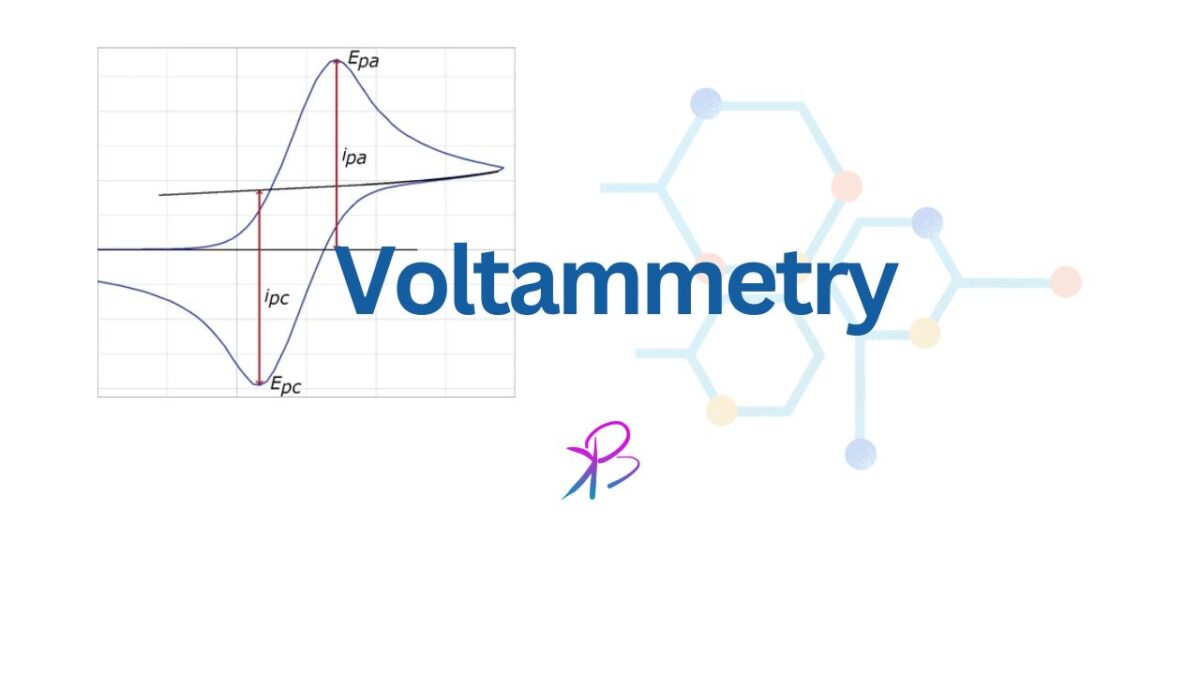Laser ablation is a process in which a high-intensity laser beam removes material from a solid surface through various thermophysical mechanisms, including melting, vaporization, and plasma formation. Understanding and modeling laser ablation using Finite Element Analysis (FEA) requires solving complex heat transfer and phase transition equations to capture the dynamic response of the material under […]
